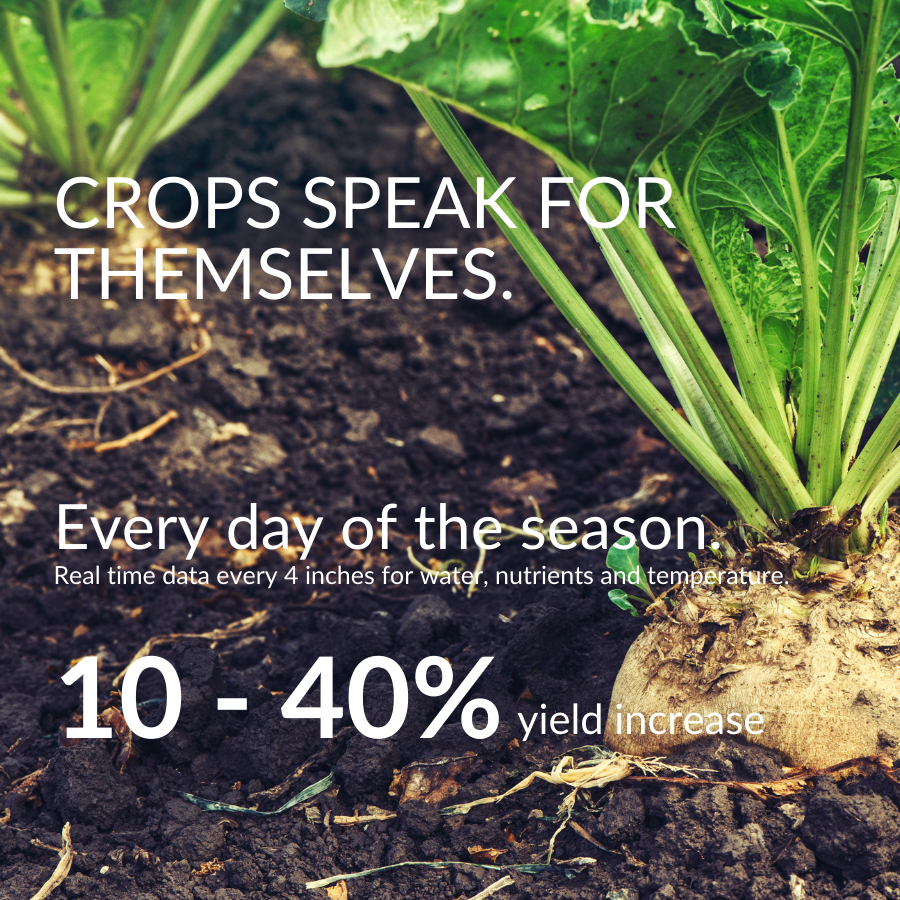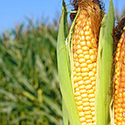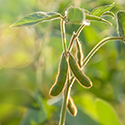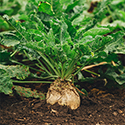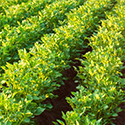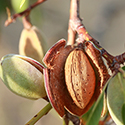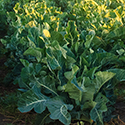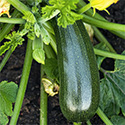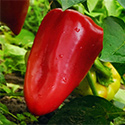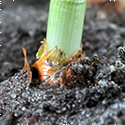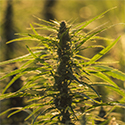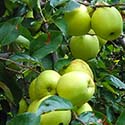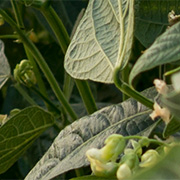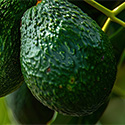Best ways to grow sugar beets
- Source for 55% of sugar in the U.S.
- Very high in sucrose, unlike culinary beets
- About 10lbs. of beets make 1-2lbs. sugar
- Beet sugar is the same chemically as cane sugar
- Over 1 million acres planted in the US, mostly in temperate areas, sugar cane is planted in warmer areas
- In U.S. most sugar beet farmers are coop members, and sugar beets are processed to refined sugar in coop-owned plants
Growing sugar beets
- Almost all sugar beets are planted from purchased GMO-modified hybrid seed
- Usually planted as soon as possible after winter when air temps are 60-80°F day/ 50-60° night
- Hard freeze stops sugar beet growth
- Growing season is typically 90-100 days
- Typical effective root zone is 24”
- Harvested beets in North Dakota and Minnesota are piled outside to await processing in freezing temperatures
- Sugar beet processing plants run 24/7 after harvest, often for over 200 days until the supply is depleted
- Beet tops are good for silage and used as livestock feed, as is beet pulp
- Sugar beets can be irrigated with drip, subsurface drip, furrows or center pivot
- Nitrogen fertilizer is used to promote top and root growth up until 4 to 8 weeks before harvest, then plants are kept N-deficient to encourage sucrose concentration
The market for sugar beets
Unlike corn or other row crops, sugar beets are generally not sold in raw form. They are processed in cooperatives owned by farmers and marketed as finished sugar. The United States Department of Agriculture Foreign Agricultural Service November 2023 forecast showed global production estimated up 8.2 million tons year-over-year to 183.5 million Metric tons raw value. United States produces about 90% of the sugar it consumes and imports the rest. Imports are controlled under a trade rate quote (TRQ), set by the USDA in the 2023 re-assignment notice. There is no futures market for U.S. refined sugar, but a price range for wholesale Midwest refined beet sugar, free on board (FOB) factory, is quoted each week in Sosland Publishing Milling & Baking News.
Agricultural challenges with growing sugar beets
Sugar beets do not develop a thick enough canopy to compete well with weeds. The majority of seeds planted in the US are glysophate-resistant (Roundup®-ready) hybrids. Studies have shown that previous crops which contribute a lot of crop residue to the soil, such as wheat or sorghum, will result in higher levels of disease in the subsequent sugar beet crop compared to beets grown following crops such as alfalfa or sunflowers. Sugar beets are biennial plants, which mean that the complete growth cycle takes two years. Seed production in mature plants happens in the second year. Commercial farmers grow sugar beets as Summer annuals, so they are not able to produce their own seeds. Virtually all sugar beets seeds supplied to U.S. growers are produced in the Willamette Valley, Oregon, where it is cool enough for seed production, but not freezing, which would damage the plants. Reliance on one growing region for seed introduces some risk into the domestic supply chain for refined sugar.
Contact us
AquaSpy for sugar beets
With a Crophesy annual subscription, you receive a free simple, multi-sensor, wireless, soil moisture probe. Place these rugged, water-tight probes throughout your sugar beet fields and connect them to the app via your smartphone.
Then you can instantly monitor soil and crop health for all of your sugar beets for season-long insight.
While you can look at the visual analysis of stems, spending hours in your field, Crophesy enables you to open your app from anywhere and show you what kind of nourishment is available in your soil at your sugar beet crop root depth. With this data, you can determine when the active root zone needs vital nutrients.
In addition to nutrient data, the Crophesy app can show you:
- Moisture consumption at the root level
- Salinity level in the active root zone
- Root depth
- Soil temperature near the sensors
- Irrigation depth
And it tells you all this without you having to step foot in your sugar beet field.
